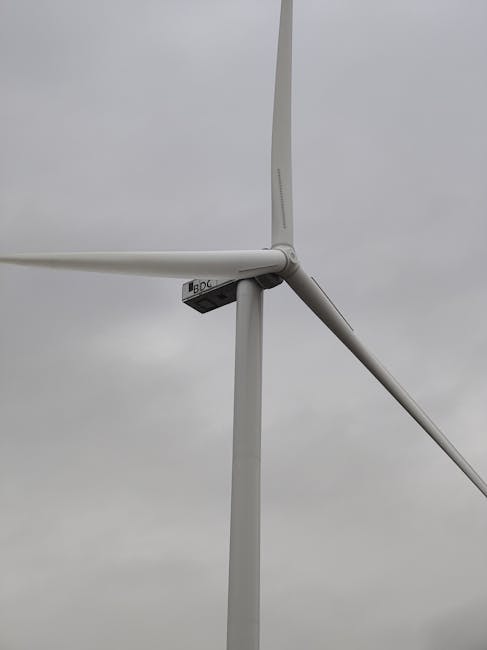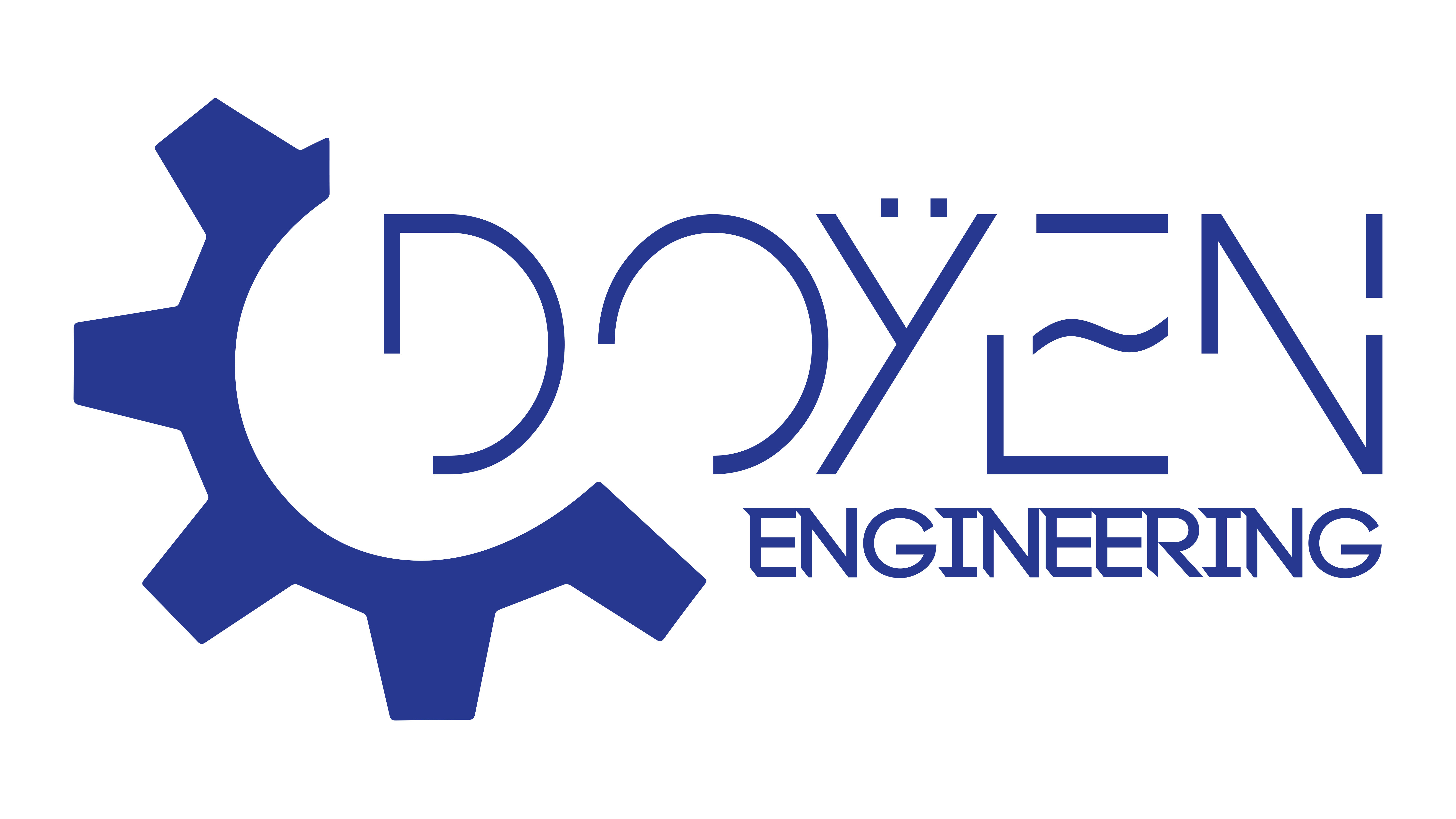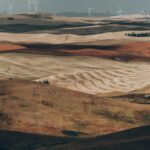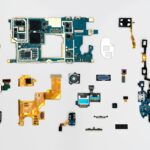
Introduction to Wind Energy
Importance of Renewable Energy Sources
In today's world, the urgency to transition from fossil fuels to renewable energy sources is paramount. Renewable energy not only helps combat climate change but also reduces our dependency on imported fuels. For example, imagine a community thriving on solar and wind energy, harnessing nature's power without the detrimental impact of carbon emissions.
- Sustainability: Renewable sources are naturally replenished.
- Economic Growth: Investment in renewables stimulates job creation.
- Energy Security: Uses domestic resources, reducing reliance on external supply chains.
Overview of Wind Power
Wind power stands out as one of the fastest-growing renewable energy sectors. Harnessing wind energy involves converting kinetic energy from wind into electricity using turbines. It's fascinating to consider just how much energy can be generated from a single wind farm.For instance, a typical wind turbine can produce enough energy to power around 500 homes annually! Key benefits of wind energy include:
- Clean and Abundant: Zero emissions during operation.
- Cost-Effective: Prices have steadily declined over the years, making wind energy competitive.
- Local Benefits: Encourages local investments and promotes rural development.
As the world looks to a sustainable energy future, wind power holds a significant position in the quest for cleaner energy solutions.

Basics of Electrical Engineering in Wind Turbines
Function of Electrical Systems in Turbines
Diving deeper, the role of electrical systems in wind turbines is crucial. These systems transform the mechanical energy generated by turbine blades into usable electrical energy. It’s remarkable how wind can be converted to power homes and businesses!
- Energy Conversion: Converts kinetic energy into electrical energy.
- Regulation: Maintains voltage and frequency to ensure stability in the electrical output.
- Control: Monitors and adjusts operation to optimize performance and safety.
Components of Wind Turbine Electrical Systems
Understanding the components that make up these electrical systems can be fascinating. Each part plays a pivotal role in ensuring smooth and efficient operation. Key components include:
- Generators: Convert mechanical energy into electrical energy.
- Power Electronics: Control and convert the electrical output to match grid requirements.
- Transformers: Step up the voltage for efficient transmission.
These components not only work together seamlessly but also allow for maximum energy extraction from the wind, demonstrating the synergy of electrical engineering and wind power technology.
Principles of Turbine Design
Aerodynamics in Turbine Blades
Shifting gears, let's talk about the heart of wind turbine efficiency: aerodynamics. The design of turbine blades is meticulously crafted to maximize energy capture from the wind. A well-designed blade can significantly increase a turbine's performance by reducing drag and enhancing lift.
- Shape Matters: The aerodynamic shape of the blades allows them to slice through the wind smoothly.
- Angle of Attack: Adjusting the angle can help optimize performance across various wind speeds.
It's fascinating to think about how small changes in design can lead to substantial gains in energy output!
Material Selection for Turbine Construction
Equally important is the choice of materials used in turbine construction. Selecting the right materials ensures that turbines can withstand harsh weather conditions while being lightweight enough for optimal rotation.
- Durability: Materials need to resist corrosion and wear – fiberglass and carbon fiber are popular choices.
- Weight: Lighter materials allow for larger blades without stress on the tower structure.
These principles in aerodynamic design and material selection work together to create turbines that not only perform efficiently but also stand the test of time, exemplifying the sophistication involved in modern wind energy technology.

Electrical Control Systems in Wind Turbines
Role of SCADA Systems
Continuing our exploration, let’s dive into the role of SCADA (Supervisory Control and Data Acquisition) systems in wind turbines. These sophisticated control systems are essential for monitoring and managing turbine operations from a distance. Imagine being able to oversee dozens of turbines from a single control room—it's like having your finger on the pulse of an entire wind farm!
- Real-Time Data: SCADA systems gather data on turbine performance and environmental conditions.
- Remote Monitoring: Operators can address issues before they escalate, ensuring high availability and reliability.
This level of insight is transformative, enhancing operational efficiency and ensuring that turbines are performing optimally.
Importance of Grid Integration
Equally crucial is the integration of wind energy into the electrical grid. As more renewable sources are connected, grid integration becomes a complex but vital task.
- Energy Management: Effective integration helps balance supply and demand, ensuring stability in the grid.
- Support for Transition: It facilitates the shift toward cleaner energy solutions, reducing reliance on fossil fuels.
This combination of SCADA systems and grid integration highlights the advanced technology that not only maximizes wind energy production but also ensures its compatibility with existing power systems, propelling our journey toward a sustainable energy future.
Innovations in Turbine Technology
Advancements in Blade Design
As we explore innovations in turbine technology, one of the most exciting developments is in blade design. Engineers are continuously experimenting with new shapes, sizes, and materials to enhance performance. For instance, longer and more aerodynamically efficient blades can capture more wind energy, which translates to increased power output.
- Variable Pitch Technology: Allows blades to adjust their angle in response to wind speed for optimal performance.
- Smart Materials: Using materials that respond to environmental factors enhances durability and efficiency.
These advancements are not only improving energy capture but also reducing maintenance needs, making wind turbines more reliable.
Integration of Energy Storage Systems
Another critical innovation is the integration of energy storage systems with wind turbines. As wind energy production can be intermittent, storing energy is key to providing a steady power supply.
- Battery Storage: Helps balance supply and demand by storing excess energy generated during high-wind periods.
- Grid Stability: Stored energy can be released during low production, smoothing out fluctuations.
This combination of advancements in blade design and energy storage technology exemplifies how the wind industry is adapting to meet the challenges of energy demand, enhancing the reliability of wind power as a prominent energy source.
Wind Energy: The Role of Electrical Engineering in Turbine Design
Finally, it’s essential to recognize the crucial role of electrical engineering in turbine design. From the integration of control systems to the optimization of energy conversion, electrical engineers are at the forefront of the wind energy revolution.
- Design Efficiency: Tailoring electrical systems ensures maximum energy extraction from turbines.
- Innovation in Control Technologies: Enhanced software solutions allow for predictive maintenance and improved system performance.
Overall, these innovations in turbine technology reflect a promising future, where wind energy plays a vital role in achieving a sustainable energy landscape. Such developments not only bolster the efficiency of wind power but also pave the way for a greener tomorrow.





